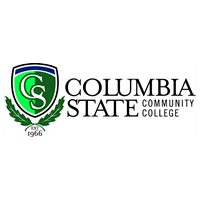Below is a summary of the abstract you submitted. Presenting author(s) is shown in bold.
If any changes need to be made, you can modify the abstract or change the authors.
You can also download a .docx version of this abstract.
If there are any problems, please email Dan at dar78@pitt.edu and he'll take care of them!
This abstract was last modified on March 31, 2025 at 9:32 p.m..

Actinobacteriophage Ellewin was isolated in Franklin, TN using Artrobacter globiformis as a host. The phage was found in a rich compost soil sample at an ambient temperature of 28°C. The soil sample was washed in PYCa liquid medium, the wash filtered, and the filtrate inoculated with A. globiformis, and incubated at 30˚C with shaking for 72h. After 72 hours, the culture was filtered and then plated in top agar with the host bacterium. Resulting plaques were noted to be 2-3 mm in diameter and clear, pointing at the phage’ lytic life cycle. High titer lysates were generated according to standard protocol and used for DNA purification and transmission electron microscopy (TEM). Phage Ellewin samples were stained and imaged using TEM, revealing a siphovirus morphology. The purified phage genomic DNA was sequenced at the Pittsburgh Bacteriophage Institute on an Illumina MiSeq instrument. The results showed that Phage Ellewin belongs to the FC cluster which currently has 18 members reported on phagesdb.org with an average genome size of 193,467 bp. Phage Ellewin has a large genome of 194,830 bp encoding 336 predicted genes, including 28 predicted tRNA genes. The genome was annotated using DNA Master, BLAST, tRNAscanSE v.2.0, Aragorn v.1.2.41 and PECAAN using default software settings. The results of this study will contribute to the growing library of bacteriophages and a better understanding of bacteriophage diversity.


